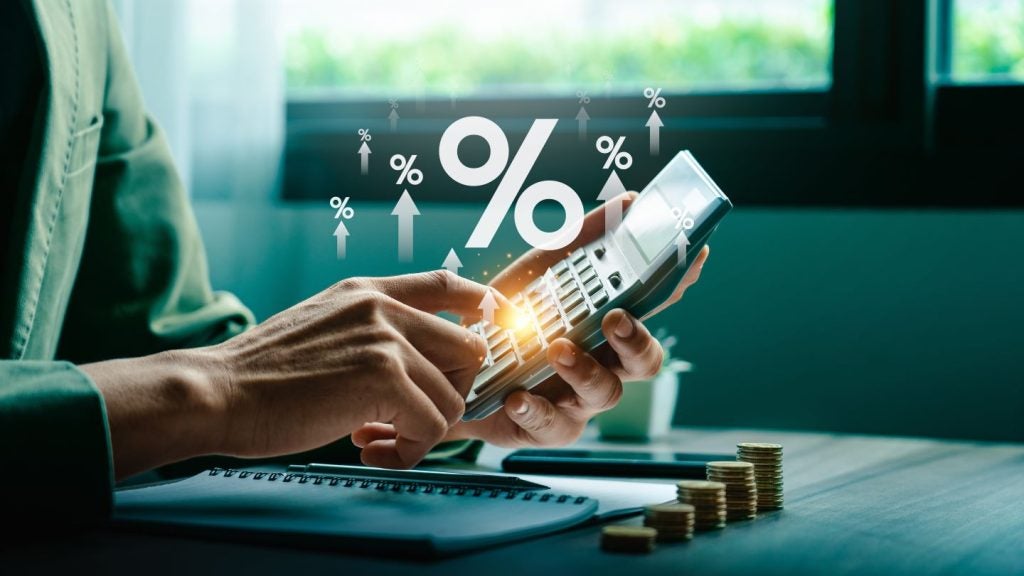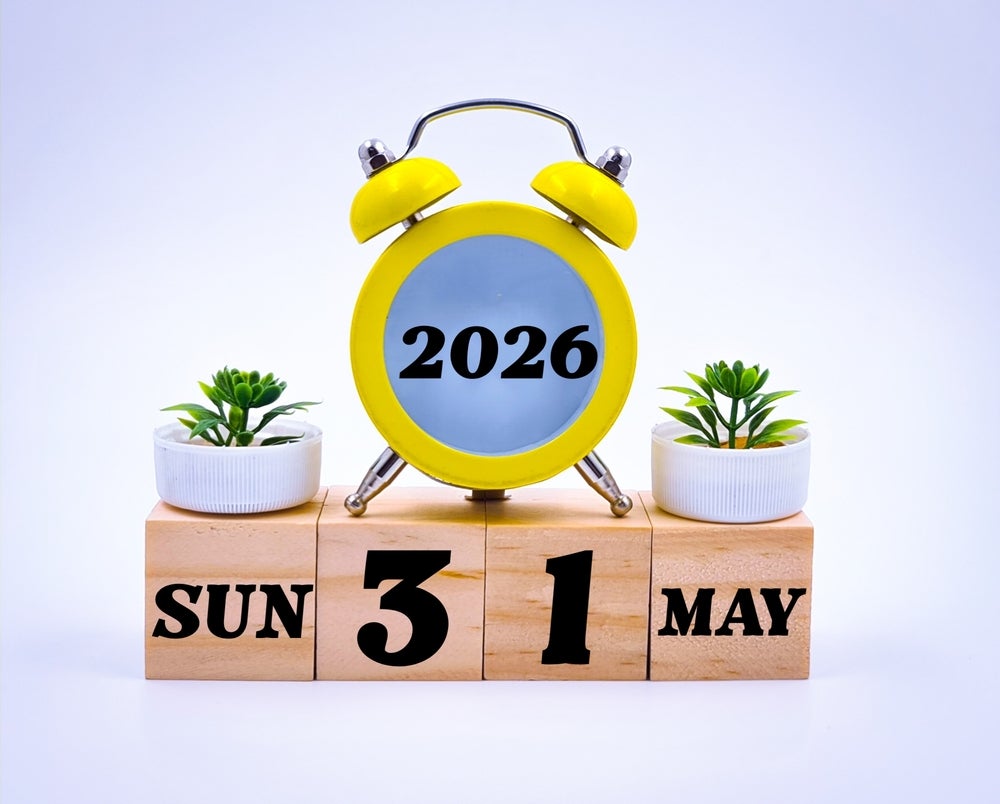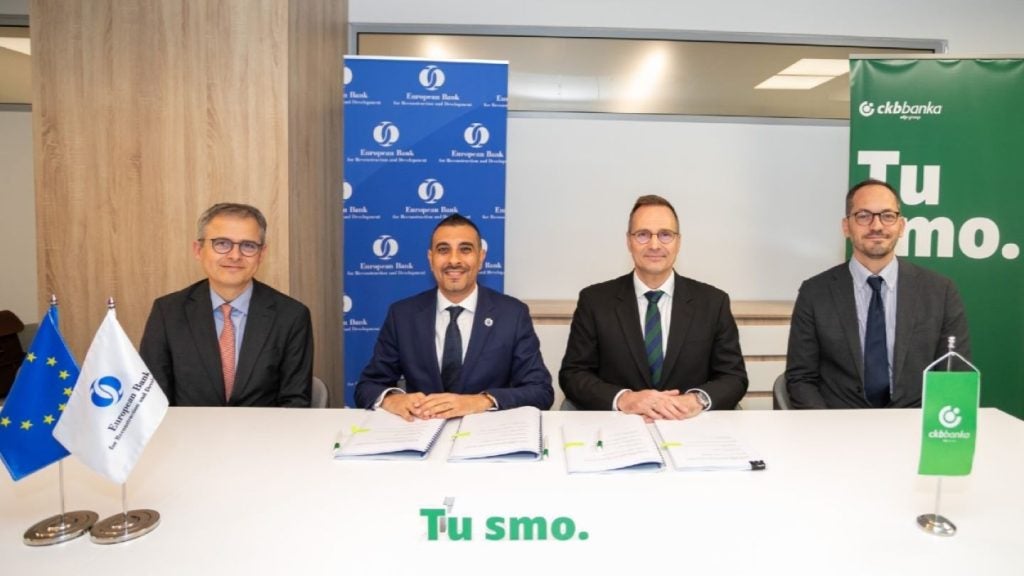
In our current economic system, resources are being extracted from our planet at an increasingly destructive rate. The circular economy is seen as an alternative to the traditional linear economy of taking, making and disposing, and offers business leaders and government opportunities of long-term growth.
The goal of a circular economy is to minimize waste and to extract the maximum value out of the recovered resources after the end of their service life.

Access deeper industry intelligence
Experience unmatched clarity with a single platform that combines unique data, AI, and human expertise.
According to the Ellen MacArther Foundation, transitioning into a circular economy requires a cross industry, and multi-disciplinary approach that would ultimately bring new opportunities for innovation, growth and resilience.
Leonie Schreve, head of sustainable finance at ING, said: “In a circular economy, products and their components and materials are recycled as efficiently as possible so that their value is maintained, or even enhanced.
“This does not only reduce the raw materials needed for products, it also saves money. But moving to a real circular economy is not only about sharing or recycling. We also have to design, sell, value, treat risk and finance differently.”
Benefits of a Circular Economy
In a 2015 report by Growth Within, transitioning to a circular economy in Europe could add €900 billion to GDP by 2030, increase household income by €3,000 a year, and halve carbon dioxide emissions compared with current levels.

US Tariffs are shifting - will you react or anticipate?
Don’t let policy changes catch you off guard. Stay proactive with real-time data and expert analysis.
By GlobalDataEU Commission employed the proposition of a circular economy package in July 2014, with hopes of reconciling economic growth along with environmental benefits.
Cons of a Circular Economy
Despite the many pros of this systemic change, the circular model does involve risks.
Shiva Dustdar, head of the innovation finance advisory at the European Investment Bank (EIB), said: “In the transition, there will be winners and losers. If you [as a bank] have loan exposure to a number of companies, and the companies start switching their business model, that in itself requires you to be vigilant. If a company has [so far] sold products, has had revenues [upfront], and all of a sudden starts to lease them out, it has an impact.”
BNP Paribas Leasing Solutions and 3 Step IT have agreed to make an alliance for technology lifestyle management under the name ‘BNP Paribas 3 Step IT,’ in order to help maintain equipment in use.
The impact of a subscription economy also aids in promoting a circular economy. This notion declares that at the end of the contract, you are in a position to renew the product previously purchased.
Policymakers in Europe have made it an increasing priority to transition from an economy of extraction and consumption to that of regeneration and restoration.
Certain nations that have taken the lead by embarking on major circular economy agendas, include: Finland, France, Slovenia, Italy, Germany and the Netherlands.
Alexander Stubb, EIB vice president, said: “The development of a more circular economy in the EU will help to reduce our dependency on imported raw materials.
“It has enormous potential for creating a sustainable and competitive advantage for Europe.”
With many of European process industries already being world leaders, growing competition will continue being a driving force in creating more innovations for low-waste production.







